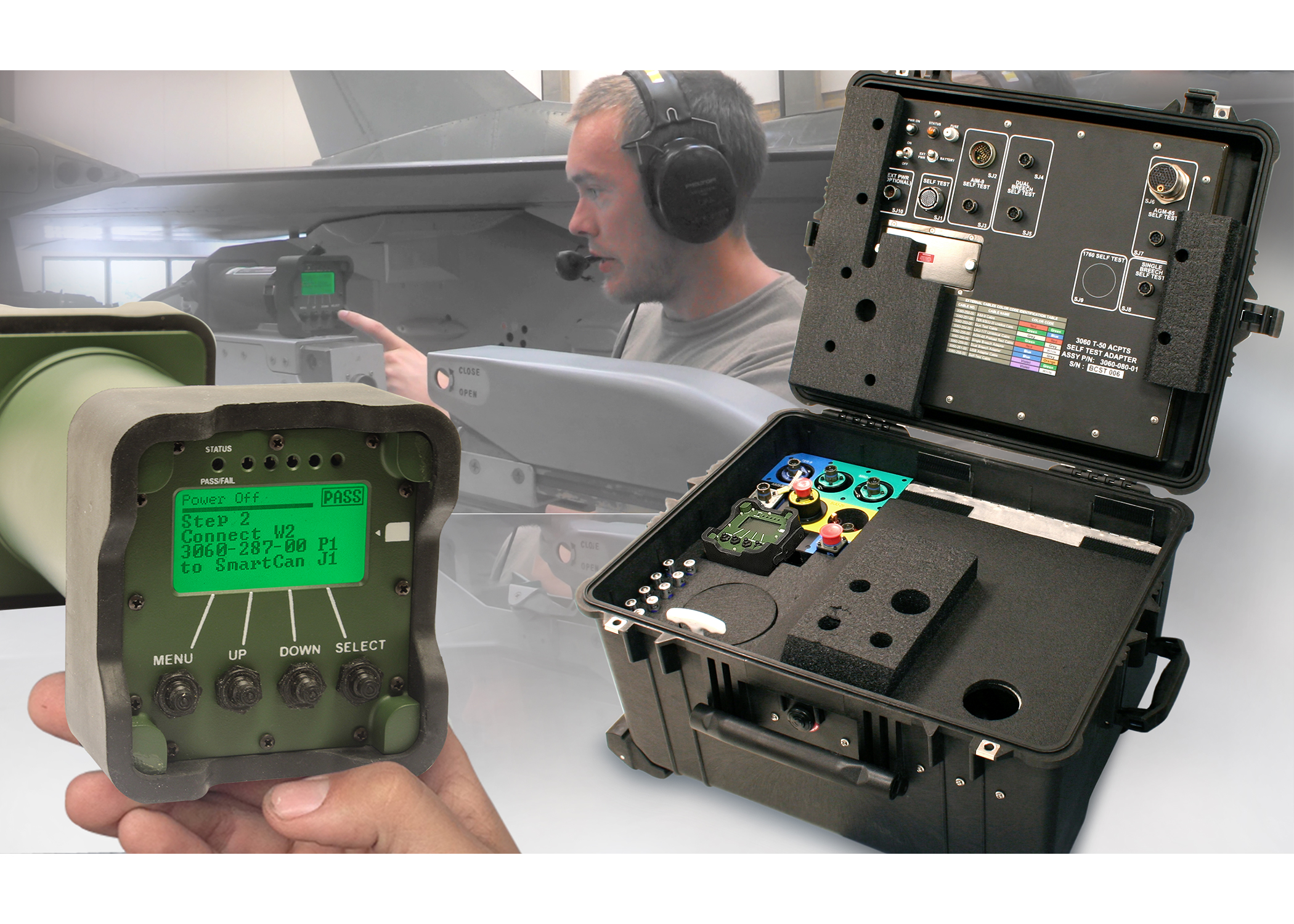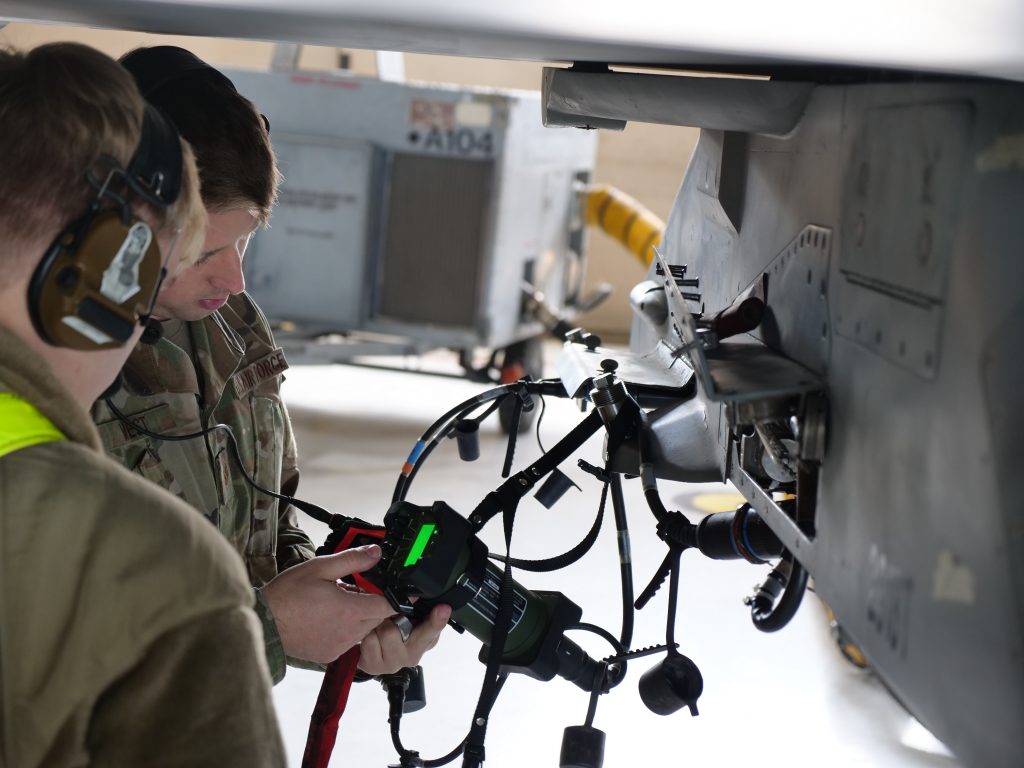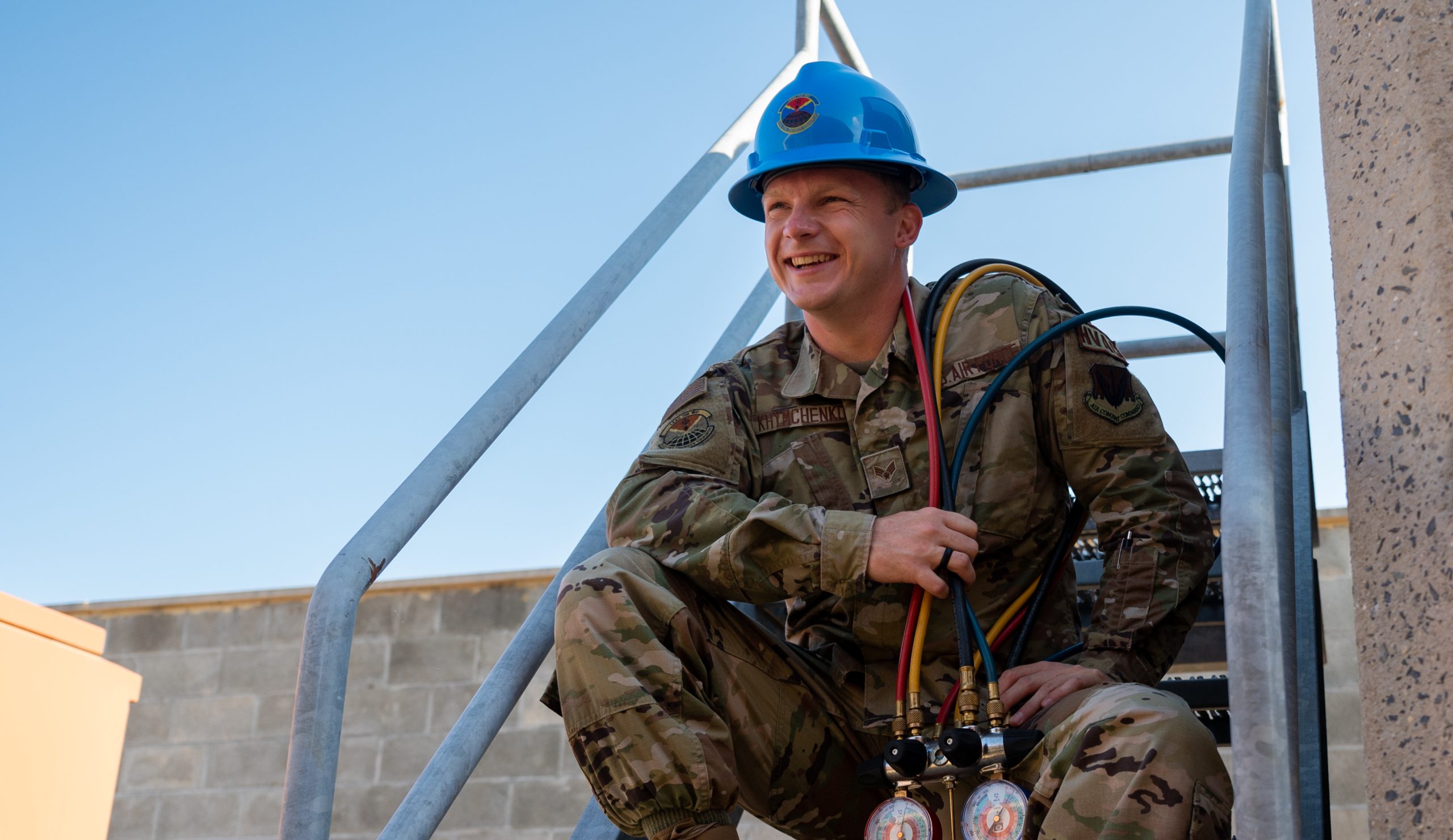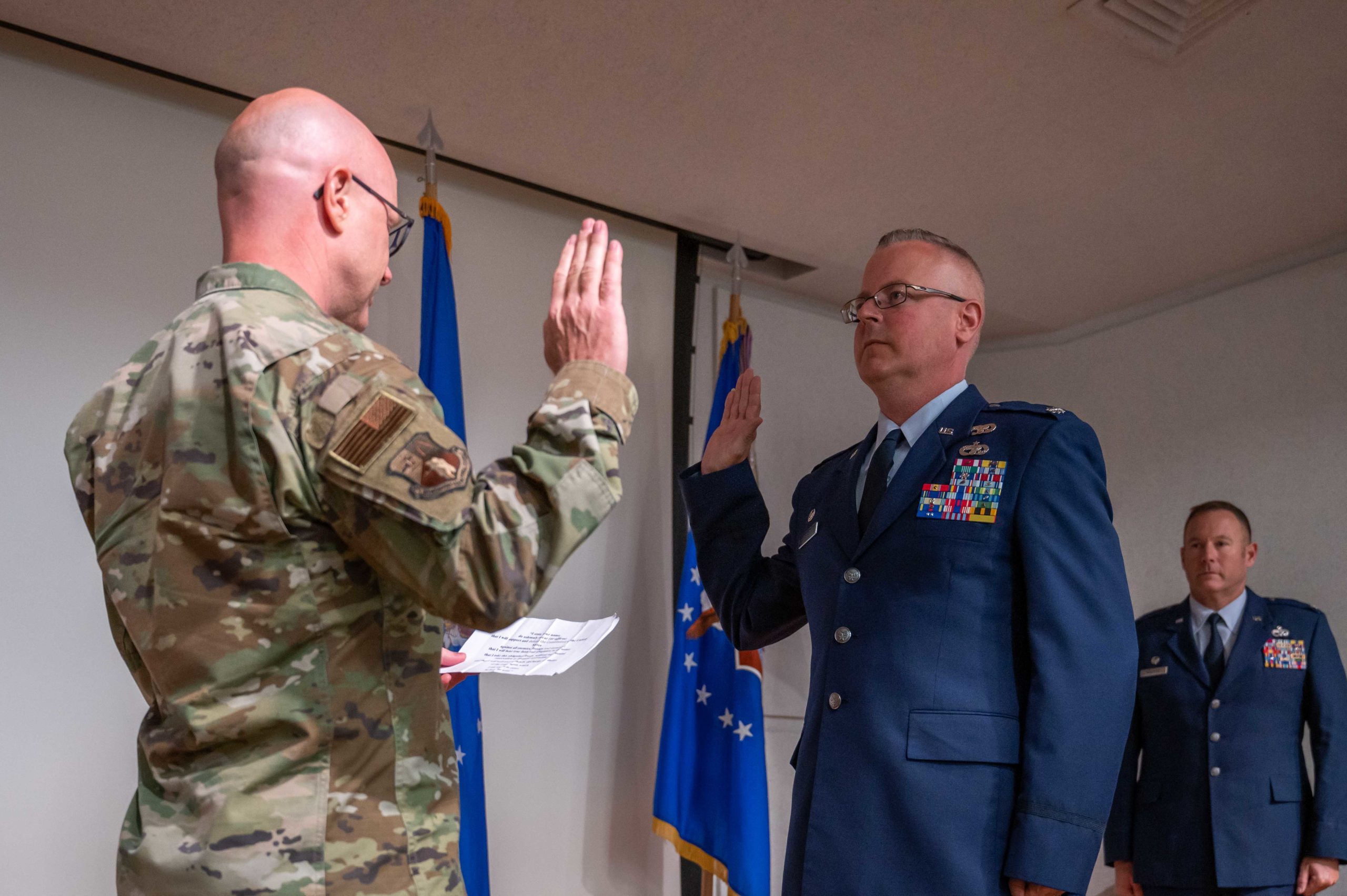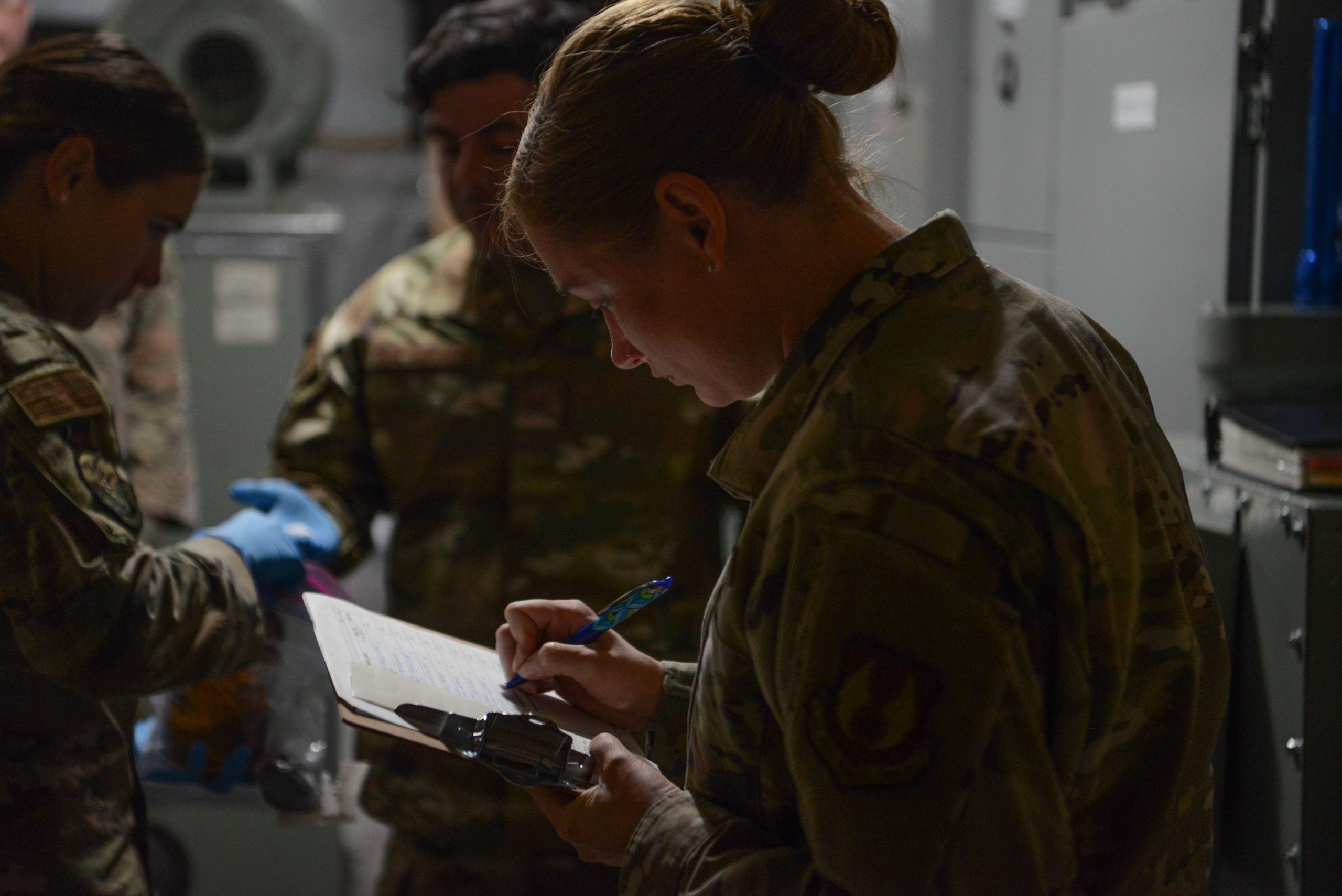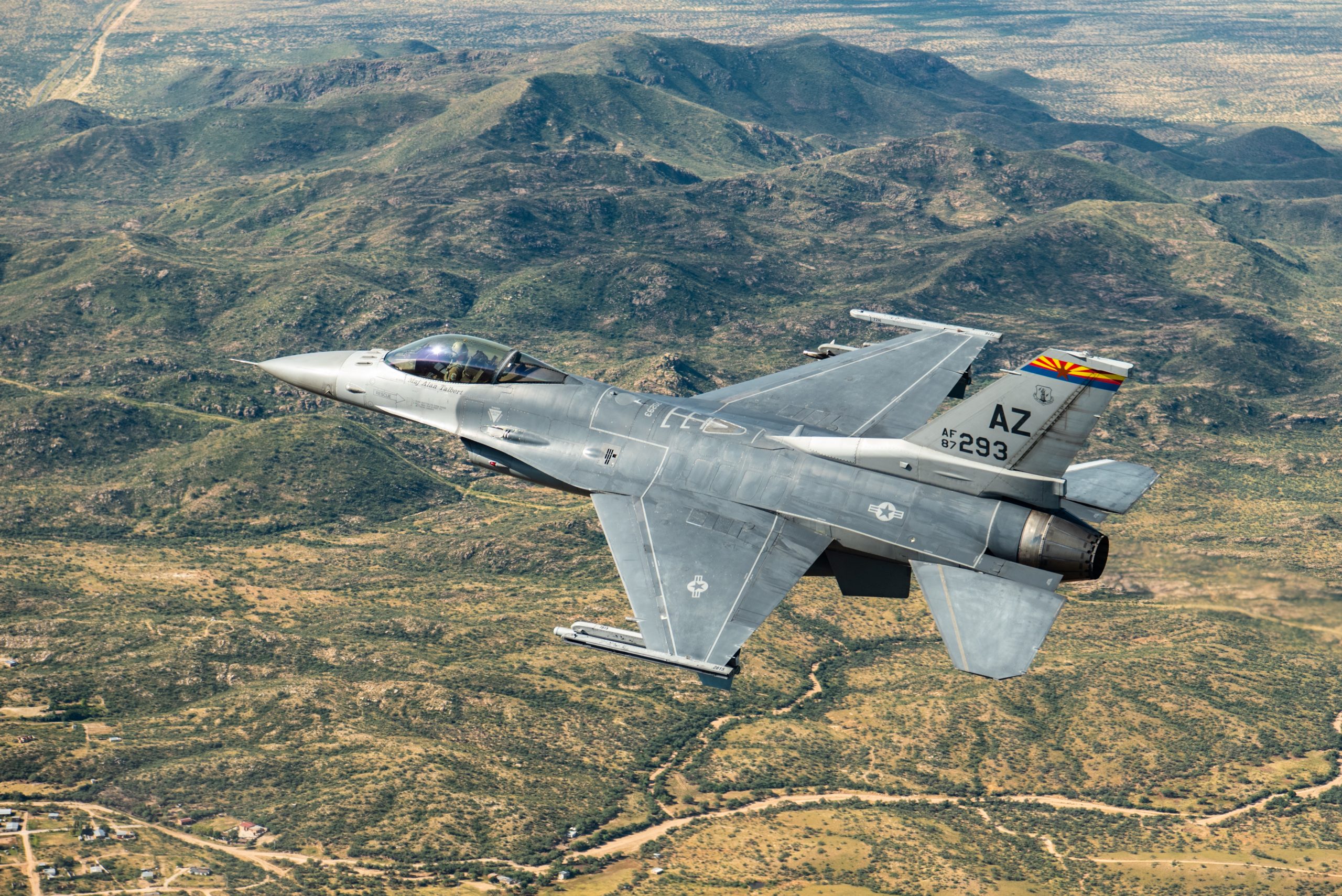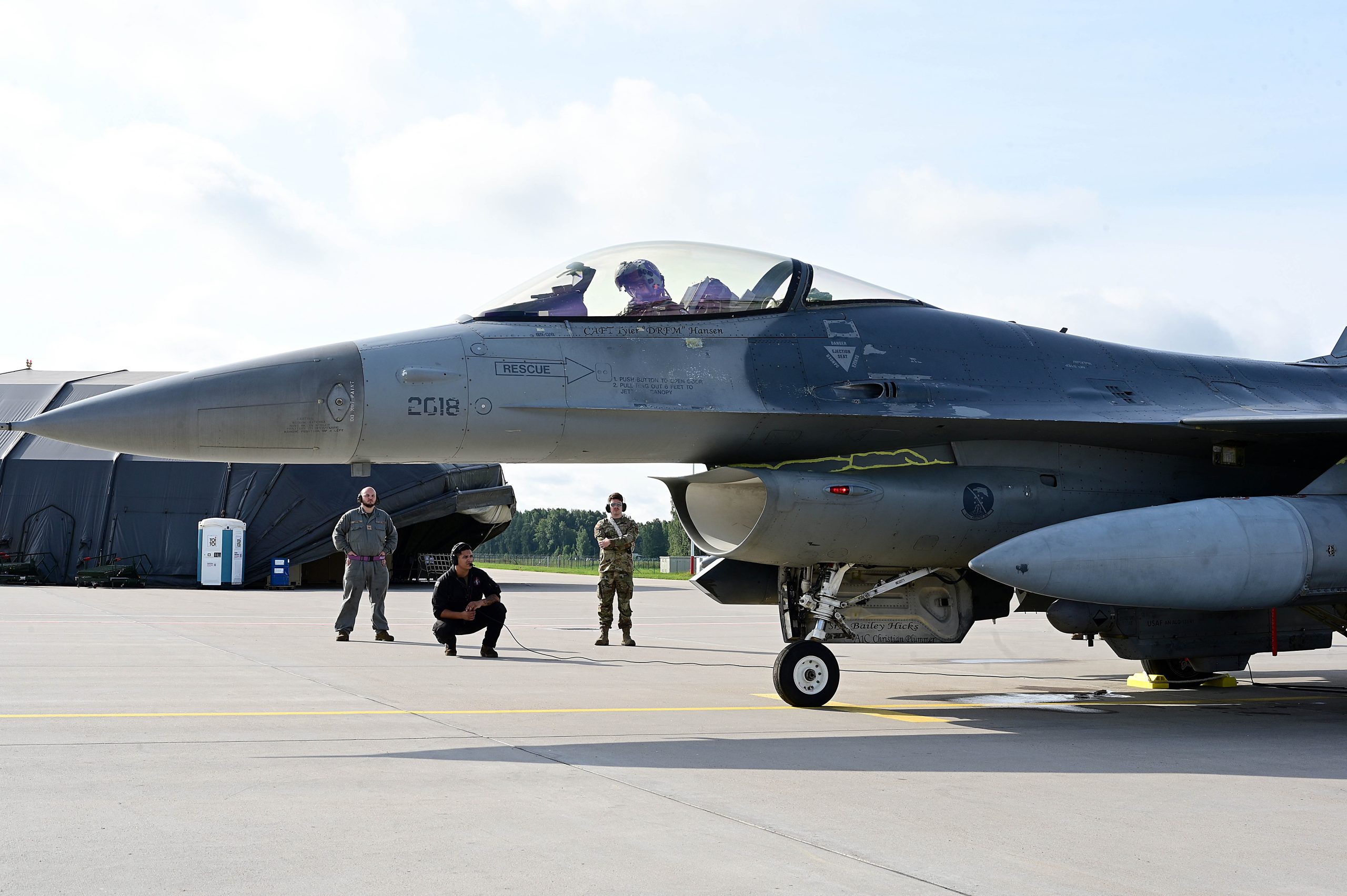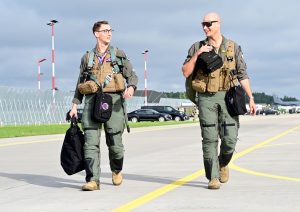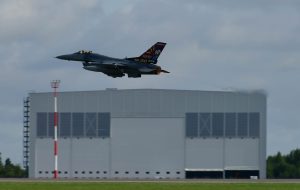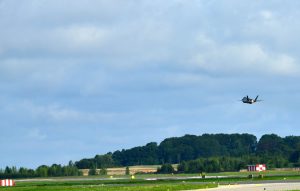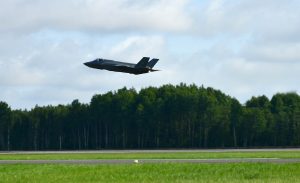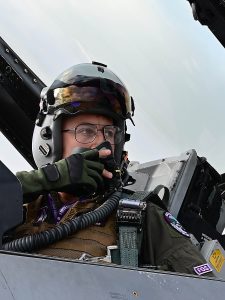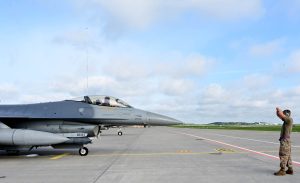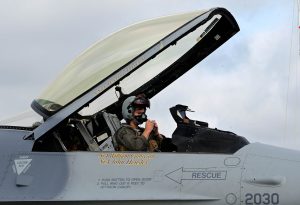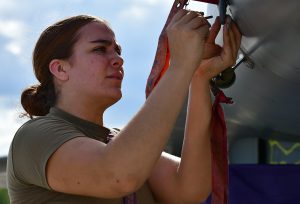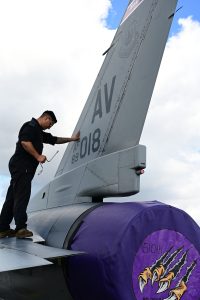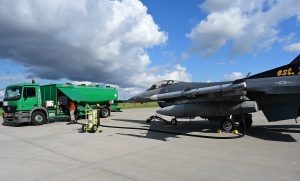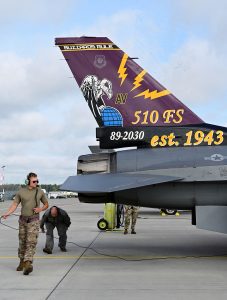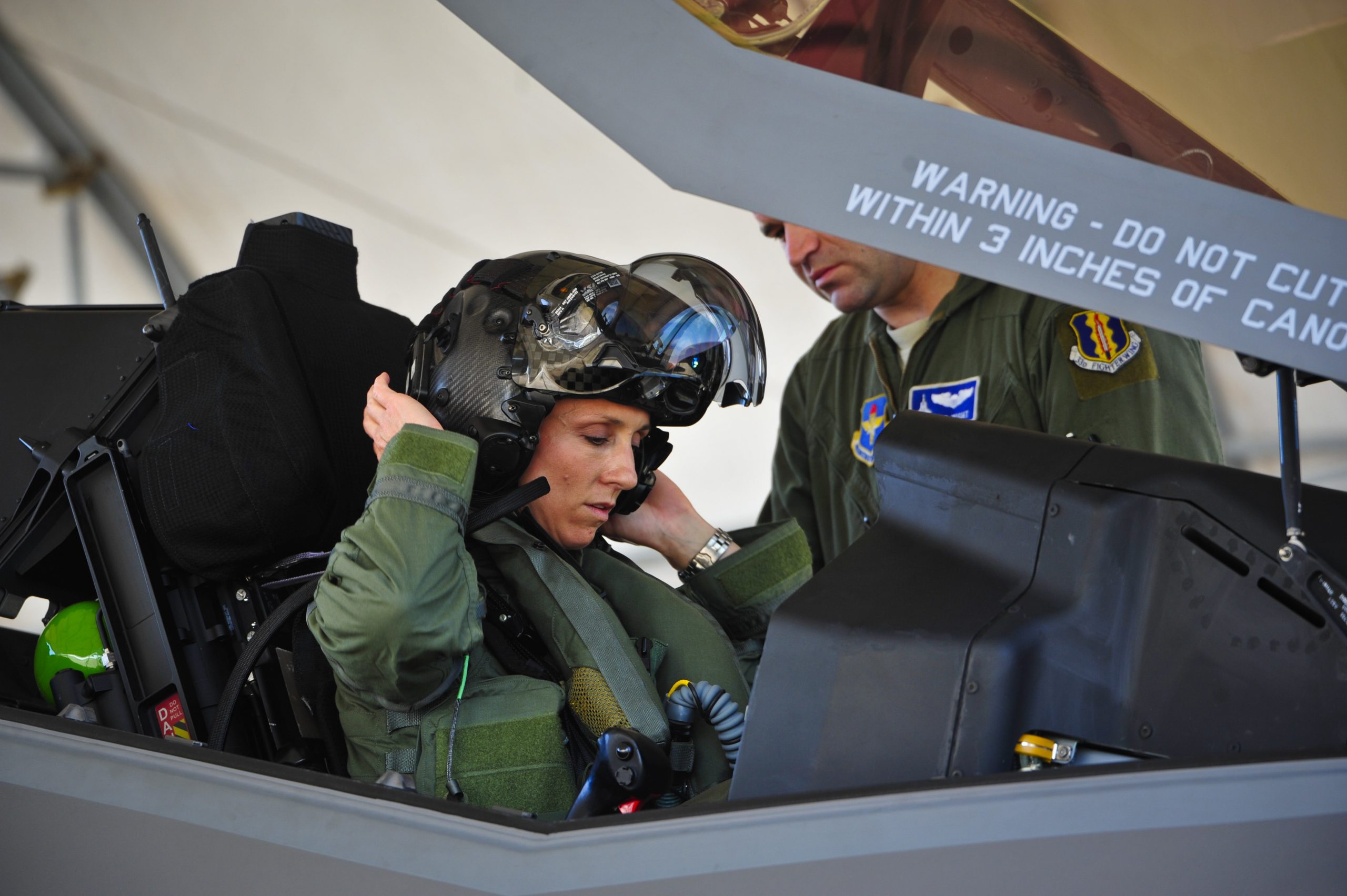A number of former Chief Scientists of the Air Force are concerned that a planned office move for the position—away from the core work area of service leaders—will diminish its influence and send a negative signal to the scientific community, they told Air & Space Forces Magazine.
In the coming months, current Chief Scientist Victoria Coleman will move offices from the fourth floor of the E ring of the Pentagon, near the service’s Secretary and Chief of Staff, to the fifth floor on the D ring.
An Air Force spokesperson said the new offices are “67 percent larger” than the ones being vacated in the next few months, and that the move is one in a series affecting USAF leadership that started when the Department of the Air Force needed to find room for Space Force leaders.
“Office space assignments do not indicate the priority or importance of an office holder,” the spokesperson said.
The Air Force Chaplain organization is moving into the Chief Scientist’s office space, she said.
“No Chief Scientist would trade the E ring for a bigger office,” said Mark J. Lewis, who held the position from 2004-2008, and later served as the deputy undersecretary of defense for research and engineering, from 2018 to 2021.
While office location “might seem … a trivial matter, in this case, it is not,” he added.
The Chief Scientist position holds no direct authority over budget or programs but retains significant impact through “influence … with the Chief, with the Secretary, and with the rest of the Air Force leadership,” Lewis said. “That’s why the location … on the E ring, as a fully recognized member of the Air Staff, is so incredibly important.”
Any visitor to the office “knows immediately that this is an office with influence. Not because of controlled money [or] managed programs, but because of the access and position that an E ring office confers,” Lewis argued. That location “is a powerful symbol across the entire Air Force [science and technology] enterprise, telling the many scientists” in the Air Force Research Laboratory and various commands “that they have a voice and a spokesperson at the highest levels of the Air Force leadership.”
The post is a symbol of the Air Force’s “special commitment to science and technology,” he added.
The Secretary and Chief need “the unvarnished, independent, and objective analysis” that a Chief Scientist can offer, Lewis said, and “the value of the office has always been that the holder can speak the truth, without fear of retribution or reprisal.”
Two former Chief Scientists said the relocation may spell the end of that unique status.
Louis S. Metzger, who held the post from 1999-2001, echoed Lewis’s remarks that although the Chief Scientist “has no policy-making or fiscal authority or larger organization reporting to it,” the position’s “contributions are realized only through influence; in other words, by convincing others to take action.”
That influence is “enhanced by its access to the highest levels of Air Force leadership,” Metzger said, noting a track record of Chief Scientists who were able to wield their influence to benefit the Air Force.
“It would be unfortunate if the connection, real or perceived, between the [Chief Scientist] and top Air Force leadership is weakened in any way, as it could reduce [Chief Scientist‘s] beneficial impact going forward,” he said.
Michael I. Yarymovich, who served as the Chief Scientist from 1973 to 1975, said his position’s unique status as a civilian on the Air Staff, with a direct report to the Chief and Secretary, meant he could be completely frank with leadership. The Air Force especially needs candor now, at a time when it needs to reinvent itself and innovate, he said.
One former Chief Scientist who preferred not to be identified said they worried that move was prompted by “those who may not like an independent voice” on science and technology at the Air Staff table.
The Chief Scientist serves on the Air Force Scientific Advisory Board and most incumbents have developed technology forecasts, such as Technology Horizons, which look decades ahead to scientific developments that will affect how the Air Force operates in the future. The position also serves on the service’s Steering Committee and Senior Review Group.
The position—which is unique among the military services—got its start with Gen. Jimmy Doolittle, who served as “special assistant for scientific matters” under chief of staff Gen. Hoyt Vandenberg in 1951. Later that year, a civilian—Louis N. Ridenour—was appointed to the role.
The Air Force spokesperson said changing the location of the Chief Scientist’s office “will not result in a change in the frequency of contact” with the Chief and Secretary.
Though a floor away, “the new Chief Scientist office will actually be closer to the Secretary’s and Chief’s offices,” she said. There’s been “no change in the reporting structure or importance of the Chief Scientist,” she added.
Lewis said he and some other former Chief Scientists have discussed a letter to Air Force Secretary Frank Kendall urging him to keep the position physically located where it is now.
Coleman has been Chief Scientist of the Air Force since April 2021. Previously, she served as head of the Defense Advanced Research Projects Agency. She has not indicated any plans to leave the post, the Air Force spokesperson said.

